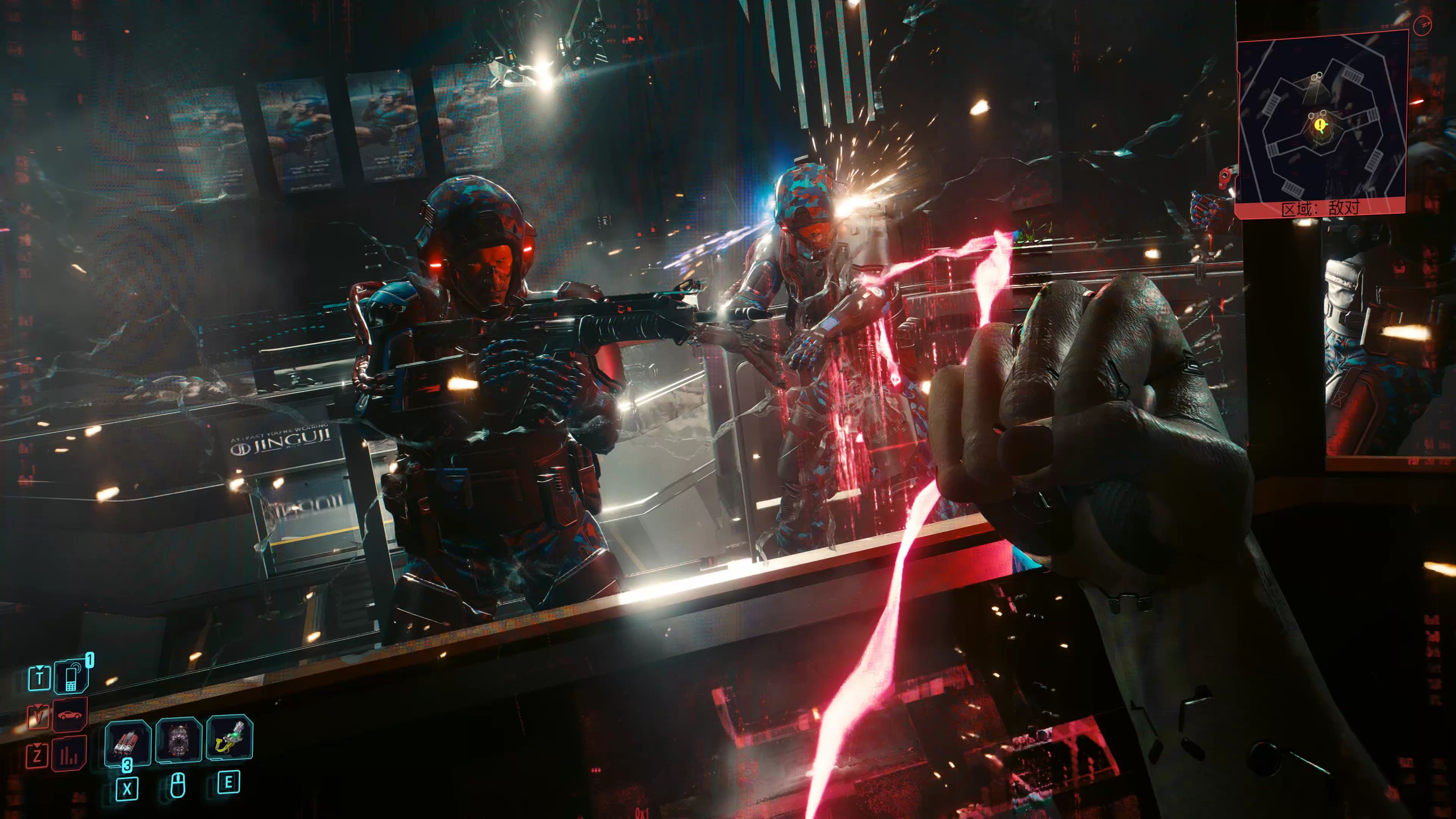Fortnite Save the World Score: PvE Mode Reception
When discussing Fortnite, most minds immediately jump to its globally dominant Battle Royale mode—a cultural phenomenon that redefined online multiplayer gaming. However, long before the first Battle Bus took flight, there was Fortnite: Save the World (often abbreviated as STW), the original PvE (Player vs. Environment) cooperative experience that laid the foundation for the entire franchise. Despite being overshadowed by its battle royale sibling, Save the World has cultivated a dedicated, albeit niche, community and has received a mixed, often misunderstood, reception from critics and players alike.
The Original Vision: A Promising Start
Announced by Epic Games in 2011 and released in early access in July 2017, Save the World was initially conceived as a co-op survival shooter with a unique blend of tower defense, base-building, and action-RPG elements. The premise was straightforward yet engaging: a global storm has unleashed hordes of zombie-like "Husks," and players, as commanders, must build forts, craft weapons, and defend objectives while scavenging a post-apocalyptic world.
The initial critical reception was cautiously optimistic. Reviewers praised its core gameplay loop, which they found inventive and satisfying. The combination of shooting, looting, and building was seen as a fresh take on the survival genre. Publications like IGN and PC Gamer highlighted the game’s depth, particularly its "Hero" system with unique abilities, the extensive skill trees, and the rewarding, if grindy, progression system. The humor and charm of the game’s world, filled with quirky characters and witty dialogue, were also frequently commended.
However, this early praise was almost always tempered with significant caveats. The most common criticism was the game’s monetization model. Despite being a paid early-access title (unlike the free-to-play Battle Royale), STW featured a controversial loot box system in the form of "Llama Pinatas," which contained random schematics, heroes, and survivors. This introduced a heavy layer of RNG (Random Number Generation) to progression, leading many to criticize it as overly predatory and grind-heavy. Furthermore, the mission structure was cited as repetitive over time, with a lack of end-game content leaving high-level players with little to do.
The Battle Royale Eclipse and Shifting Priorities
The release of Fortnite Battle Royale in September 2017, just two months after STW’s early access launch, irrevocably altered the trajectory of both games. Battle Royale’s instant, unprecedented success shifted Epic Games’ focus almost entirely. Resources, developers, and updates were funneled into the free-to-play phenomenon, leaving Save the World in a state of prolonged limbo.
This shift dramatically impacted STW’s reception. The player base felt increasingly abandoned. Promised features were delayed or canceled, and updates became less about adding new content and more about minor fixes or integrating systems that aligned with Battle Royale’s economy, such as the introduction of the X-Ray Llama system to replace the outright purchase of pinatas. While this was a step towards transparency, it was too little, too late for many.
New players, drawn in by the Fortnite name but expecting a PvE experience, often found a game that felt incomplete and dated compared to the constantly evolving Battle Royale. The narrative campaign, while charming, remained unfinished for years. The repetitive mission types and grinding requirements became more glaring without a steady stream of meaningful new content to alleviate them. Reception from the wider gaming community soured, with STW often being labeled as "the forgotten mode" or "a grind simulator."
A Cult Following and Enduring Strengths
Despite its struggles, Save the World never faded away completely. It developed a resilient and passionate core community that appreciated its unique qualities in a way the broader market did not. For these players, STW offered something Battle Royale could not: a persistent, progressive, and cooperative experience.
The depth of its building and crafting systems is a significant draw. Unlike the rapid, simplistic building in Battle Royale, building in STW is strategic and integral to success. Careful trap tunnel design, material management, and hero loadout synergy provide a deeply tactical satisfaction that its PvP counterpart lacks. The game’s core loop of planning, building, and defending against waves of enemies is, for its fans, endlessly rewarding.
Furthermore, the community praised the game’s humor and heart. Characters like Ray the cheerful robot, the cynical Lok, and the loveable ninja Ken created a world with personality that resonated deeply with its players. For them, STW was more than a game; it was a world to inhabit and protect with friends.

The Final Verdict: A Mixed Legacy
The reception of Fortnite: Save the World is ultimately a tale of two games. On one hand, it is a critically flawed experience, hampered by a problematic monetization scheme, repetitive gameplay, and a perceived abandonment by its developers. It is a testament to unfulfilled potential, forever living in the shadow of its own offspring.
On the other hand, it is a beloved and deeply engaging co-op game for a dedicated player base that continues to find joy in its complex systems and charming world. It is the foundation upon which a global empire was built, introducing the iconic building mechanics that would define Fortnite’s identity.
In June 2020, Epic Games announced that it would cancel the planned free-to-play release for STW and cease major content updates, effectively cementing its status as a completed, if not entirely finished, game. This decision finalized its reception: not as a failed game, but as a cult classic. It remains a fascinating chapter in gaming history—a innovative and ambitious project whose own success inadvertently led to its stagnation, yet whose score is still played by a loyal orchestra of commanders who continue to save the world, one storm shield at a time.














